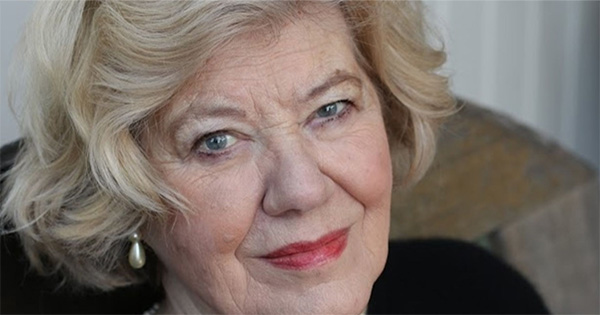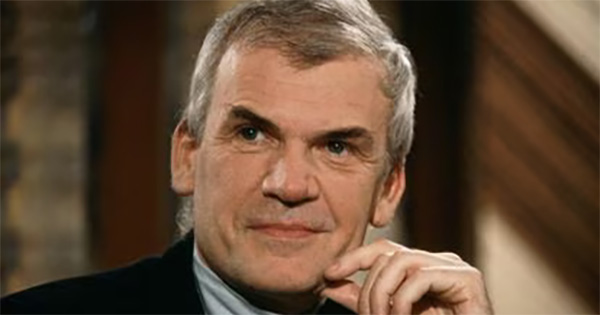Vladimir Nabokov is best known as the author of the 1955 novel Lolita, in which a grown man is consumed by his passion for a 12 year old girl.
Nabokov was born to a wealthy family in Saint Petersburg, Russia, on the 22nd of April 1899. His childhood was described as “perfect”, with Vladimir and his four siblings being afforded much of life’s luxuries and privileges. Vladimir was trilingual from an early age, and had access to an excellent education, and a great variety of reading material.
It was at his family’s home in Vyra that he discovered an entomology book in the attic, and the work of Maria Sibylla Merian sparked Valdimir’s initial interest in butterflies. This interest would develop into a passion that would stay with Vladimir for the rest of his life.
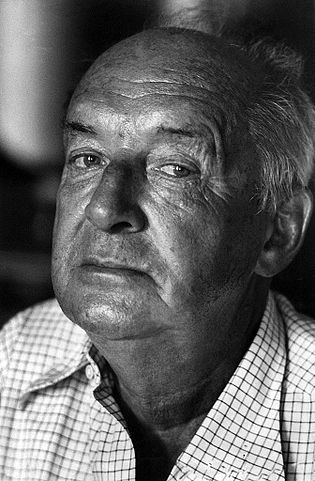
Throughout the 1940s Vladimir Nabokov was a research fellow at Harvard University. He was charged with the responsibility of butterfly collection of the Museum of Comparative Zoology where he created technical drawings and extensive research about each butterfly.
Despite his passion and expertise, Nabokov’s impact on the world of butterflies is rarely talked about. Vladimir specialised in the Polyommatini butterfly, a tribe of lycaenid butterflies, and was quite an expert on the subject. He was the first person to describe the Karner Blue butterfly, named for the hamlet of Karner, USA, where it was discovered. In the mid 20th century the English entomologist Arthur Francis Hemming named a genus of butterfly Nabokovia after Vladimir, in honour of the work he achieved for the world of entomology.
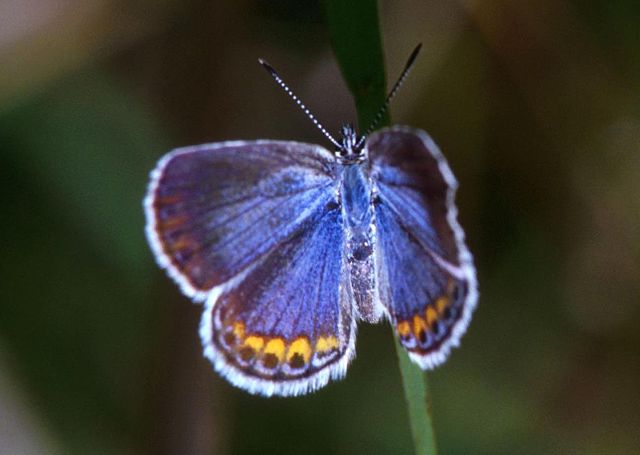
The Karner Blue– first described by Vladimir Nabokov
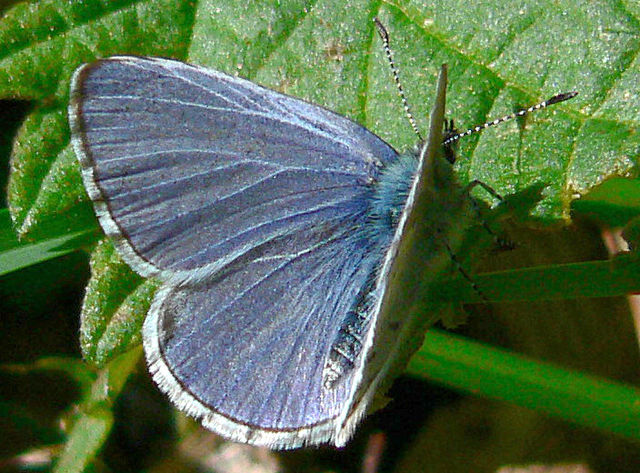
Vladimir Nabokov was an expert in Polyommatini– a tribe of Lycaenidae butterflies.
“The pleasures and rewards of literary inspiration are nothing beside the rapture of discovering a new organ under the microscope or an undescribed species on a mountainside in Iran or Peru. It is not improbable that had there been no revolution in Russia, I would have devoted myself entirely to lepidopterology and never written any novels at all.”
Vladimir Nabokov, 1967
Despite the use of genetics and chromosomes, Nabokov was more interested in a traditional lepidopterist technique of distinguishing each species by their genitals.
According to Nancy Pick, author of The Rarest of the Rare: Stories Behind the Treasures at the Harvard Museum of Natural History: “Nabokov was a serious taxonomist. He actually did quite a good job at distinguishing species that you would not think were different: by looking at their genitalia under a microscope six hours a day, seven days a week, until his eyesight was permanently impaired.”
Nabokov’s serious dedication to the butterfly genitalia means his work is still kept in the Harvard Museum of Natural History today. Inside the museum’s genitalia cabinet are many of Nabokov’s male blue butterfly genitals, painstakingly examined under a microscope by the passionate lepidopterist. The remaining 4,300 specimens was given to the Lausanne’s Museum of Zoology in Switzerland.
Nabokov’s technical drawings are available for all to study in Fine Lines: Vladimir Nabokov’s Scientific Art by Stephen H. Blackwell and Kurt Johnson.

Nabokov and his illustrations

Birmingham Poet, Benjamin Zephaniah dies, aged 65

Top Authors Join Legal Battle Against OpenAI for Mass Copyright Infringement
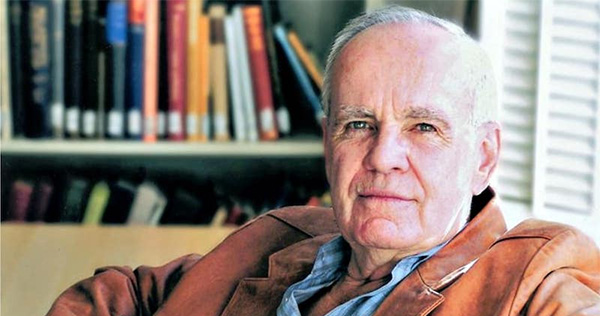
Literary Icon, Cormac McCarthy has died
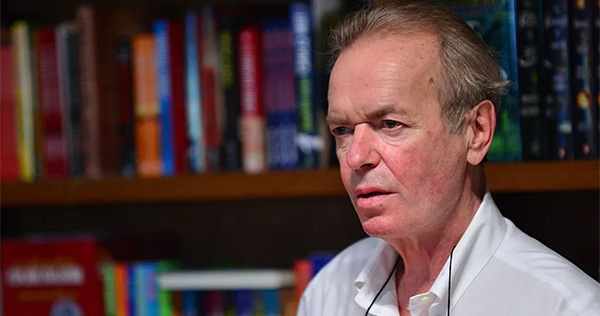
The Literary World Mourns Martin Amis
